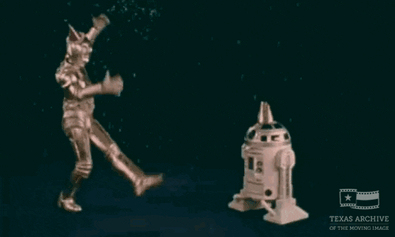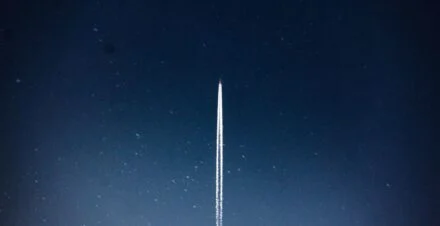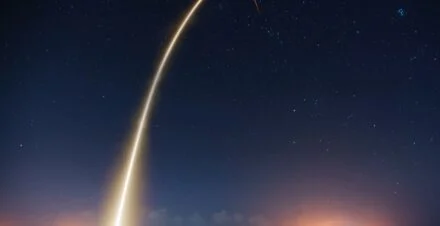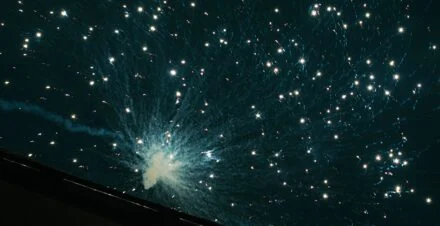There’s an old belief that our perception of time changes as we get older; it quickens. What used to feel like hours begins to feel like mere minutes.
For us, this rang true in 2022.
This past December, we celebrated our seventh birthday. In human years, this is still considered young, but in startup years, we’re officially transitioning into adulthood. As our CEO Dan Ceperley wrote in November, we’re no longer a “small startup” but a “growing, global company.”
Since 2017, when we unveiled our first fully owned and operated phased-array radar facility, we’ve grown as a team, as a company, and as a leader in Space Traffic Management and Space Situational Awareness. Much of that growth occurred this past year, in what felt like flashes of brilliance, innovation, and leadership colliding to create a vigorous energy that propelled us to achieve goals we only just imagined. So, before we say goodbye to 2022, we’re excited to list a few of our milestones and achievements.
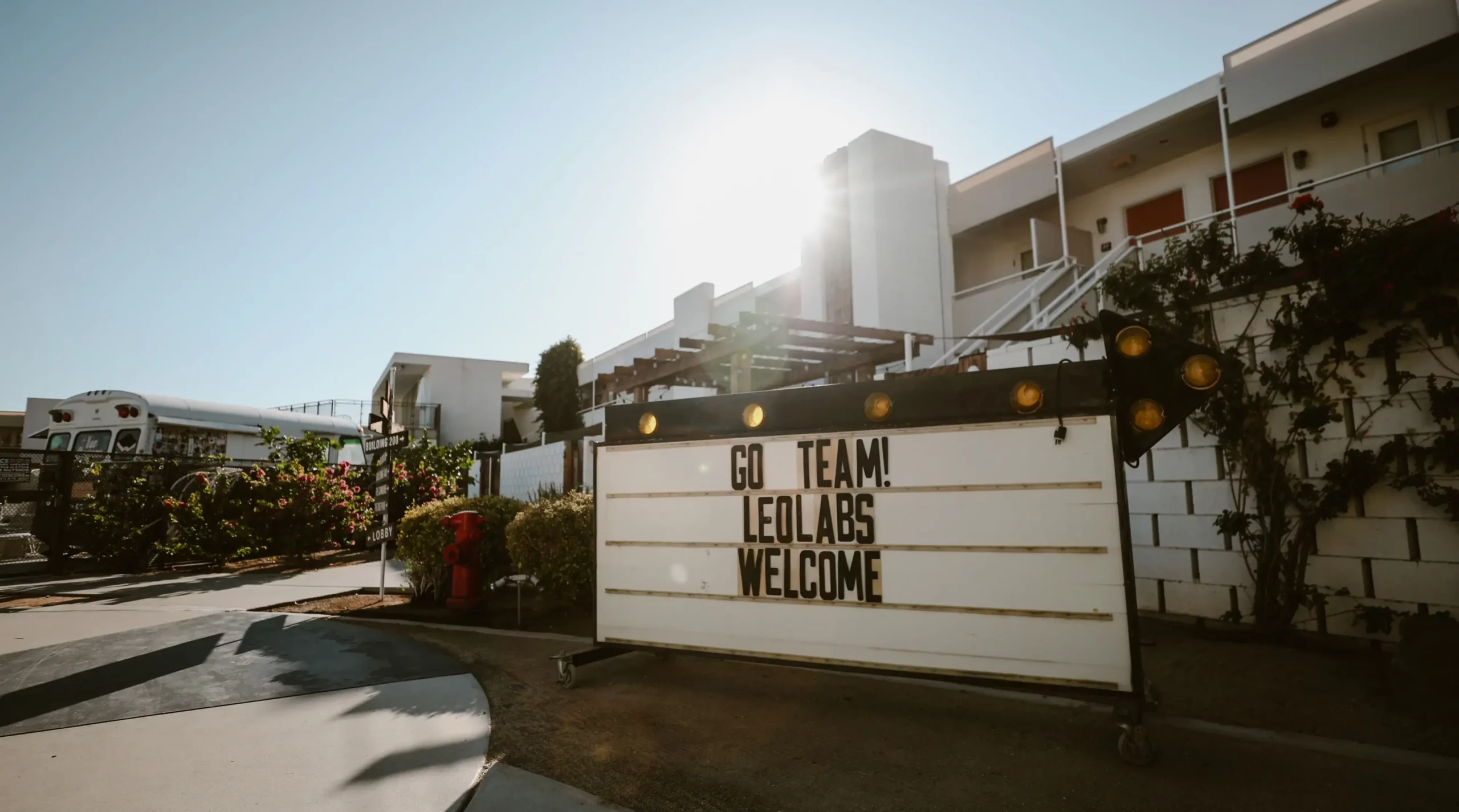
Welcomed new experts
We were thrilled to welcome dozens of new team members across the organization, from sales and marketing to operations and engineering. In particular, the inclusion of world-renowned experts have elevated the quality of the data and insights we share with our customers and the public. Curious what we mean? Check out LeoPulse, where these experts share analysis and insights that you can’t find anywhere else.
P.s. Our annual review of LEO will be published in mid-January. Sign up today for our newsletter so you don’t miss it.
Provided humanitarian aid for Ukraine
Following the Russian invasion of Ukraine in February, we joined the Space Industry for Ukraine (SIFU) initiative, contributing money to provide immediate humanitarian aid to the people of Ukraine. By early December, the funds raised by this initiative — around $895,000 — were used to assist over 247,000 refugees and support 9,500 evacuations. These funds were also used to deliver heating supplies to 103 families and more than two million pounds of additional aid across Ukraine.
Supported reducing space debris
Throughout 2022, our experts have taken the opportunity to speak out about the increasing threats posed by space debris in LEO and have suggested measures to help mitigate the risk of collisions. This included supporting the US Federal Communication Commission’s 5-year-rule change for de-orbiting dead satellites and the growing calls to ban anti-satellite weapon (ASAT) tests. Our Senior Technical Fellow Dr Darren McKnight and LeoLabs Australia President Terry van Haren also recently signed the Outer Space Institute’s international open letter calling for “reducing risks from uncontrolled reentries of rocket bodies.”
Won new government customers
We received two significant government awards this year. The first is an award to support the Japan Air Self Defense Force with Space Domain Awareness (SDA) data, services, and training generated from our growing global network of phased array radars and in-house expertise. The second award is to provide data and services to the United States Department of Commerce to support the development of a national, civil-led Space Traffic Management (STM) system. Both awards confirm our position as the world’s leading commercial provider of low Earth orbit (LEO) mapping and Space Situational Awareness (SSA) services.
Freshened up our look
As you may have noticed, we’ve got a new look. In early December, we shared our new branding, which includes an updated logo, revised brand colors, a bold mission statement, a more fluid website, and more. This rebranding effort reflects our transition into “adulthood” as we embrace our growing role as a leader in today’s dynamic space era. Plus, it’s pretty fresh. (If you haven’t checked out what’s new yet, take a peek here.)
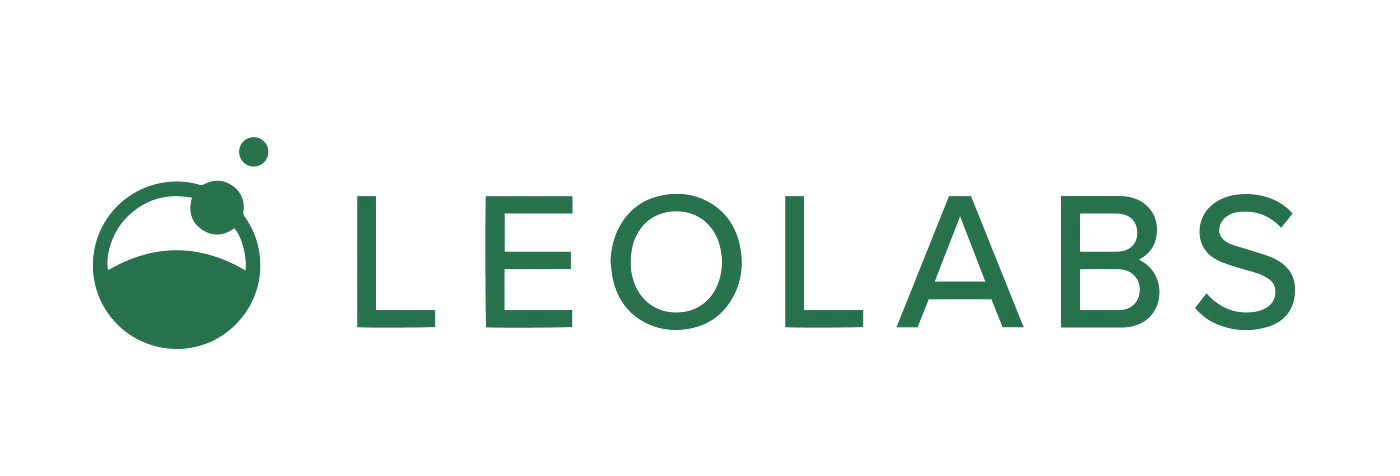
Unveiled LeoLabs Vertex™
Finally, as part of our rebrand, we unveiled LeoLabs Vertex™ — the world’s first vertically integrated commercial space operations stack tracking LEO at scale. LeoLabs Vertex™ is the backbone of our operational infrastructure, enabling us to track resident space objects and characterize events for our customers.
This system includes our global radar network, our cloud data platform, and our newly branded, comprehensive product suite.
We’ll share a more in-depth guide to LeoLabs Vertex™ soon; stay tuned by following us on Twitter, LinkedIn, and Instagram.
Looking forward: here’s to the year ahead
Now that we’ve had a quick look back at this year, it’s time to take a small step forward into the next. In 2023, we’ll expand our global radar network (exciting updates coming soon!), as well as elevate our software stack and service levels. We’ll also work with our customers to identify additional SDA and STM services and products that can help fulfill the needs of the burgeoning space industry.
And with that, it’s almost time to say “thank you, next” to 2022. Before we do that, however, we’d like to leave a special note for our team and our customers: thanks for growing older and wiser with us, we can’t wait to speed through another year with you.
We wish you all a happy New Year! 🎉
